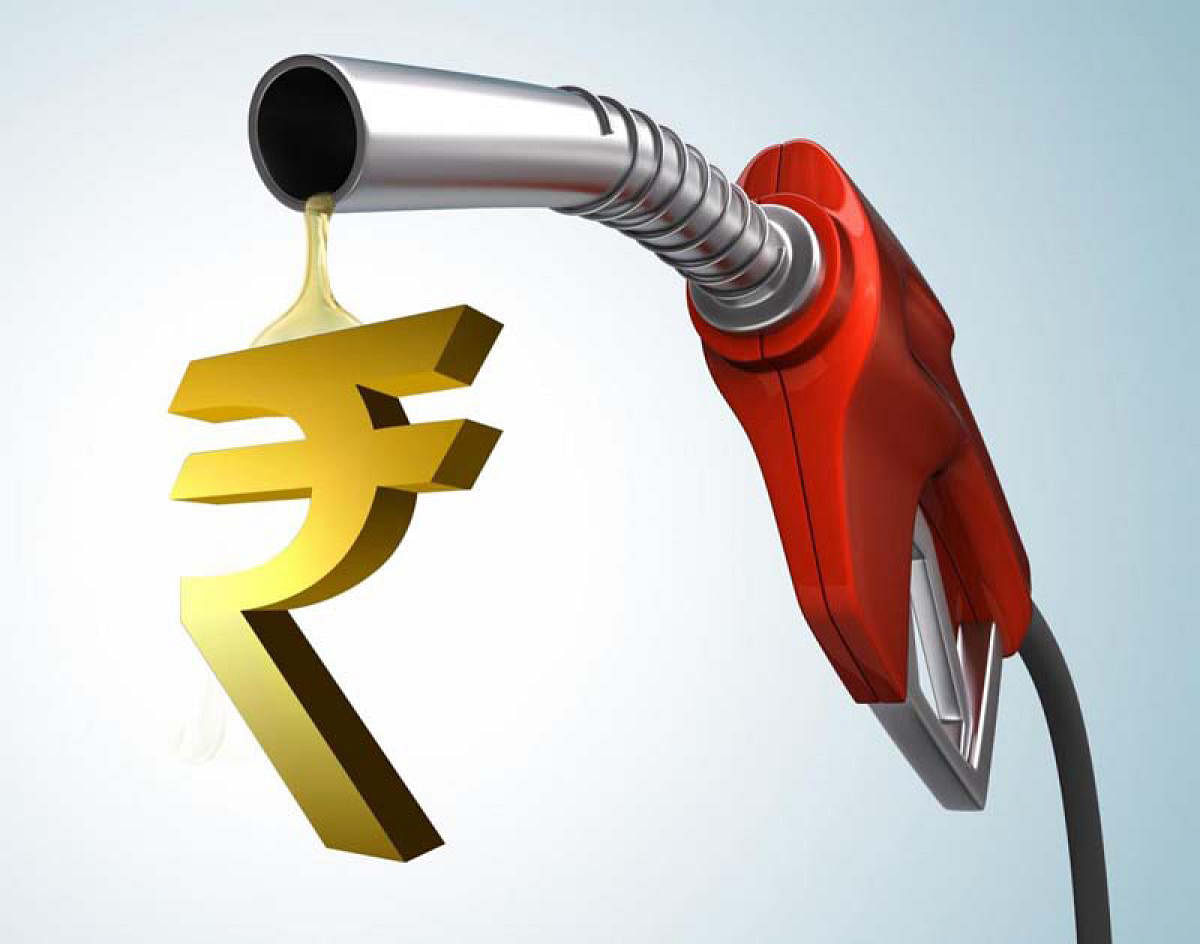After a few years’ hiatus, India’s Current Account Deficit (CAD) is back in the news, thanks to rising oil price and depreciating rupee. The last time CAD made headlines was during 2012-13, when it breached the estimated sustainable threshold of 2.5% of GDP. The CAD is expected to do so again in FY2019 and touch 2.8-3% of GDP. So, why is this any different from the previous times? And should the government adopt a different strategy this time? In 2012-13, the CAD was in the backdrop of rising crude oil prices, large gold imports, coupled with rupee depreciation and the flight of foreign portfolio investments (FPI). While this might bear semblance to the situation today, the global headwinds at present are far more ominous than in 2012-13.
India imports nearly 80% of its oil requirements, which made up 35.4% of total merchandise imports in August 2018, up from 28.6% in January. The large share of oil imports in India’s import basket makes the CAD swell when oil price rises. Brent crude prices rose from $69.08 a barrel in January to touch $86.74 in the first week of October. Oil imports are paid for in dollars and thus the depreciating rupee has added fuel to fire. The rupee depreciated from 68.33 a dollar in January to a record low of 74.48 (October 11), making imports all the more expensive, especially of crude oil, and adding further pressure on CAD.
The CAD is financed through surplus in the capital account. However, this year, rising crude prices, depreciating rupee and the financial sector crisis (banking and otherwise) have forced foreign investors to shed nearly $13 billion in equity and debt. Rising interest rates in the US and tax reforms brought in by President Donald Trump to tax the undistributed overseas profits of American companies have made investors all the more eager to leave India. The dumping of Indian securities by foreign investors will make it difficult to finance the rising CAD.
In addition, there has been a flight of dollars from Indian shores on account of outward remittances. Under the Liberalised Remittance Scheme (LRS), Indians are allowed to transfer money to other countries for current consumption (travel, education, medical treatments) or investments (purchase of foreign property and financial instruments). In February 2015, the LRS limit was increased from $1,25,000 to $2,50,000, doubling the amount of money that could be spent abroad by Indians in a year. The amount of outward remittances under LRS for the month of August 2018 was $1.4 billion, up from $1.1 billion in August 2017, an increase of nearly 30%. The increase has been highest for foreign travel as Indians have spent nearly 24% more in the period April-August 2018 ($2.02 billion) than in the same period last year ($1.63 billion).
To rein in the rupee, the RBI reduced its forex reserves to $394.46 billion by selling $5.14 billion worth of dollars in a single week ending October 12, the highest weekly fall in seven years. On the other hand, the government in September increased the basic customs duties on 19 items, such as air conditioners, refrigerators, articles of precious metals, other non-essential goods and aviation turbine fuel (ATF) to rein in the widening CAD.
What does the future hold? For starters, the US under President Trump is adopting ‘America First’ policies that have wreaked havoc in the global economy. Its impact has not spared India, either. From tariffs to H-1B visas, nothing seems to be working presently in India’s favour. And things are set to take a turn for the worse as the Iran sanctions kick in this week.
The imposition of sanctions will force countries importing from Iran to shift towards other oil-producing countries and thus create a shortfall in supply, firming up oil prices. Iran is the third largest source of oil imports for India and thus rising prices, coupled with sanctions on Iran, does not augur well for our CAD.
What next?
Though oil price has fallen in the past few days and are trading at less than $80/barrel, one will have to wait and watch whether it falls further or stabilises in this range. Also, the large sale of dollars by RBI may have propped up the rupee for the time being, but one cannot be certain that the rupee will not fall further.
Apart from increasing import duties and selling dollars, there are a couple of other steps that could be deliberated by the government to improve the CAD situation. The Indian diaspora can be called upon to invest in government securities like the Resurgent India Bond (1998), Millennium India Deposits (2000), which will not only lead to influx of forex but can be gainfully invested. Using the rupee to pay for oil imports is another option — negotiating with other oil exporters like Saudi Arabia and Iraq to export oil for rupees which, in turn, they can use to buy goods from India, thus reducing the demand for dollars.
We also need to diversify and expand exports to other regions of the world rather than focus solely on the US and Europe. There is an urgent need to explore markets in Africa, Latin America and the Commonwealth of Independent States (CIS) countries for Indian goods and services. In addition, promoting inflow of stable foreign funds, rather than volatile investments looking to make a quick buck, is the way to go to finance the CAD. Prevention is better than cure, the earlier we change our outlook and strategy towards other sources of energy and capital, the better prepared we will be to overcome the CAD challenge, now and in the future.
(The writer is a PhD scholar at the Institute for Social and Economic Change (ISEC), Bengaluru)
